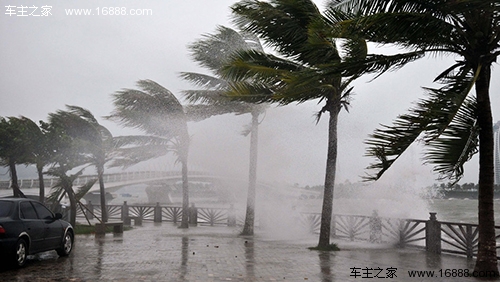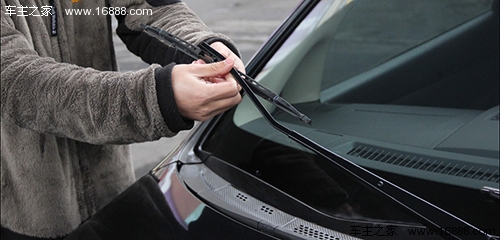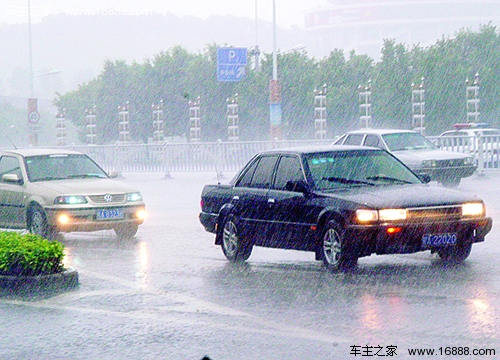[Car owners’ home car knowledge]According to the Central Meteorological Observatory, this year's No. 9 typhoon "Ramason" (super typhoon level) made landfall on the coast of Wengtian Town, Wenchang City, Hainan Province around 15:30 today (18th). When it landed, the maximum wind force near the center was Category 17 (60 meters/second) is the strongest typhoon to land in South China since 1973. The meteorological department and traffic police remind drivers to pay attention to driving safety when driving during a typhoon.
1.In stormy weather, before driving out, be sure to check whether the wipers, brakes, lights, etc. are in good condition. On rainy days, the road is slippery and visibility is poor, so novices are advised not to drive out.
2.In strong winds, the wind force will be stronger on open roads such as highways and first-class highways than on urban roads. When driving on a windy road, the best way is to slow down and drive slowly. If you feel that your vehicle is out of control while driving, you should immediately find a safe place to park.
3.When driving in strong winds, pay attention to the movements of pedestrians, especially those who wrap their heads with something or walk quickly; when strong winds are strong, the effect of car horns is greatly weakened, and some pedestrians or drivers may not be able to hear the horn; truck drivers should bundle up their vehicles Load cargo on top to prevent it from being blown away by strong winds or falling down and injuring people.
4.After strong winds, there will be branches, glass and other debris on the road, as well as many puddles. At this time, you must slow down and avoid obstacles in advance.
5.When encountering heavy rain, visibility is very poor. Windshield wipers alone cannot guarantee safety. Be sure to turn on the lights, including headlights and double flashlights. The headlights can alert oncoming vehicles, and the double flashing lights can alert vehicles behind you.
6.If it is windy and rainy, with strong winds and heavy rain, you must be extra careful. When the visibility is less than 100 meters, the low beam, position lights, front and rear position lights and double flashers should be turned on. The vehicle speed should not exceed 40 kilometers per hour, and a distance of more than 50 meters should be maintained with the vehicle in front of the same lane; when the visibility is less than 50 meters, You should turn on the low beam headlights, position lights, front and rear position lights and double flashers, and immediately find a safe place to take cover. Do not drive forcefully.
7.Heavy rain will cause water accumulation on many roads. When the water is more than half the height of the tire, you cannot risk passing it, otherwise it will easily cause water to enter the exhaust pipe and eventually damage the vehicle; when the water is less than half the height of the tire, the vehicle can generally pass, but you should not be careless. You should gear down and slow down. Pass through at high speed to prevent water from splashing on the electrical appliances on the upper part of the engine, causing stalling; after leaving the waterlogged road, do not drive quickly immediately, because water splashing on the brake pads may cause the brakes to become insensitive. At this time, you should drive at a low speed for a while and wait for the brake pads to come on Shake off or evaporate the water before driving normally; if the vehicle stalls in the water, do not start it again and call for help.














 Email:
Email: